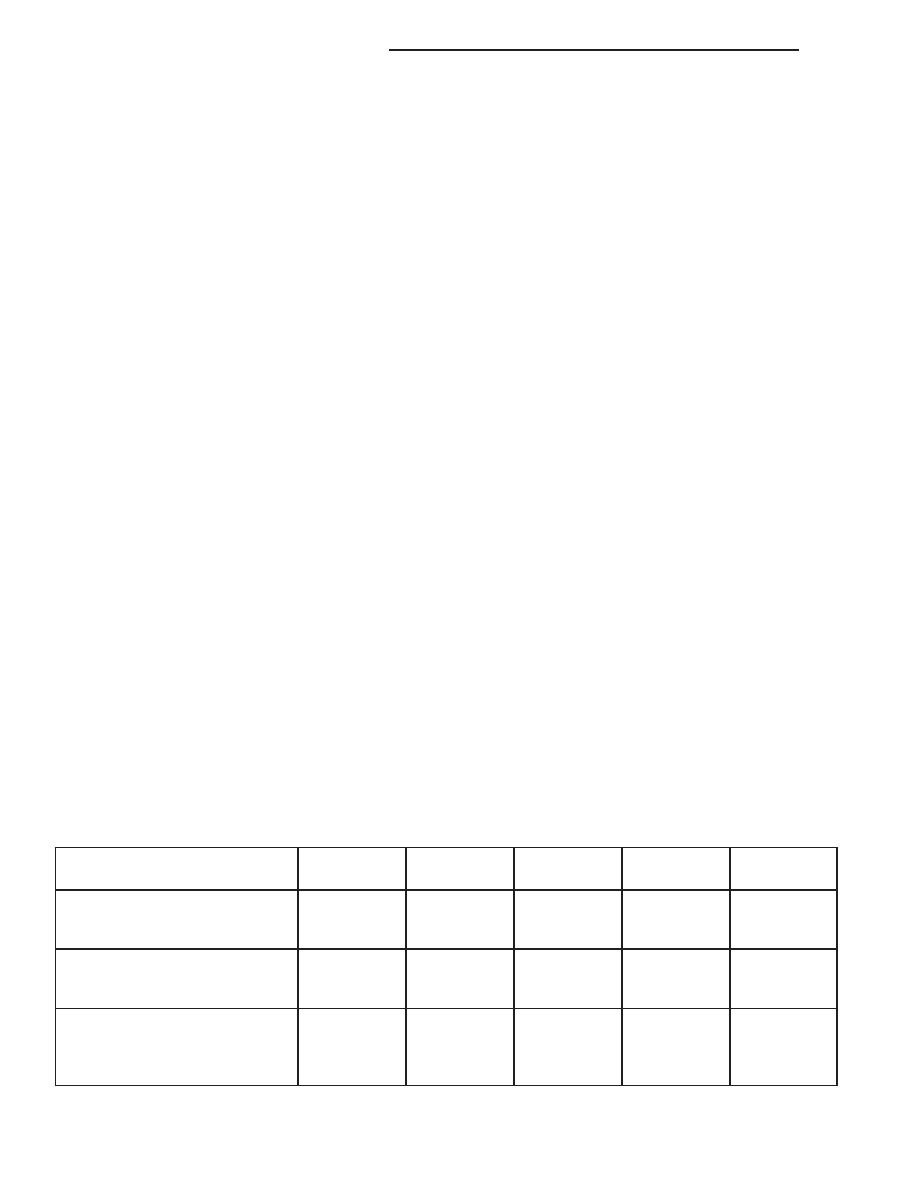Content .. 1754 1755 1756 1757 ..
Jeep Grand Cherokee WK. Manual - part 1756

Humidity has an important bearing on the temperature of the air delivered to the interior of the vehicle. It is impor-
tant to understand the effect that humidity has on the performance of the A/C system. When humidity is high, the
A/C evaporator has to perform a double duty. It must lower the air temperature, and it must lower the temperature
of the moisture in the air that condenses on the evaporator fins. Condensing the moisture in the air transfers heat
energy into the evaporator fins and coils. This reduces the amount of heat the A/C evaporator can absorb from the
air. High humidity greatly reduces the ability of the A/C evaporator to lower the temperature of the air.
However, evaporator capacity used to reduce the amount of moisture in the air is not wasted. Wringing some of the
moisture out of the air entering the vehicle adds to the comfort of the passengers. Although, an owner may expect
too much from their A/C system on humid days. A performance test is the best way to determine whether the sys-
tem is performing up to design standards. This test also provides valuable clues as to the possible cause of trouble
with the A/C system. The ambient air temperature in the location where the vehicle will be tested must be a mini-
mum of 21° C (70° F) for this test.
A/C PERFORMANCE TEST
WARNING: Refer to the applicable warnings and cautions for this system before performing the following
operation (Refer to 24 - HEATING & AIR CONDITIONING/PLUMBING - WARNINGS) and (Refer to 24 - HEAT-
ING & AIR CONDITIONING/PLUMBING - CAUTIONS). Failure to follow the warnings and cautions could result
in possible personal injury or death.
NOTE: When connecting the service equipment coupling to the line fitting, verify that the valve of the cou-
pling is fully closed. This will reduce the amount of effort required to make the connection.
1. Perform the A/C System Performance Test found within the HVAC System Test (refer to 24 - HVAC Electrical
Diagnostics). If no diagnostic trouble codes (DTCs) are found in the A/C-heater control or the powertrain control
module (PCM), go to Step 2. If any DTCs are found, repair as required, then proceed to Step 2.
2. Connect a tachometer and a manifold gauge set.
3. Set the A/C-heater control to the Recirculation mode (max-A/C) position, the temperature control to the full cool
position, and the blower motor control to the highest speed position.
4. Start the engine and hold the idle at 1,000 rpm with the compressor clutch engaged. If the A/C compressor does
not engage, see the A/C Diagnosis chart.
5. The engine should be at operating temperature, the doors should be closed and the windows opened.
6. Insert a thermometer in the driver side center panel outlet. Operate the A/C system until it stabilizes.
7. With the A/C compressor clutch engaged, compare the air temperature at the center panel outlet and the A/C
compressor discharge pressure (high side) to the A/C Performance and Pressure chart. The compressor clutch
may cycle, depending upon the ambient temperature and humidity. If the clutch cycles, use the readings obtained
before the clutch disengaged.
A/C PERFORMANCE TEMPERATURE AND PRESSURE
Ambient Air Temperature
21°C
(70°F)
27°C
(80°F)
32°C
(90°F)
38°C
(100°F)
43°C
(110°F)
Maximum Allowable Air
Temperature at Center Panel
Outlet
9°C
(48°F)
9°C
(48°F)
12°C
(54°F)
15°C
(59°F)
18°C
(65°F)
Suction Pressure at Service
Port (Low Side)
138 to 207
kPa
(20 to 30 psi)
138 to 207
kPa
(20 to 30 psi)
207 to 276
kPa
(30 to 40 psi)
207 to 276
kPa
(30 to 40 psi)
241 to 310
kPa
(35 to 45 psi)
Discharge Pressure at Service
Port (High Side)
1034 to 1724
kPa
(150 to 250
psi)
1379 to 2068
kPa
(200 to 300
psi)
1551 to 2241
kPa
(225 to 325
psi)
1724 to 2413
kPa
(250 to 350
psi)
2068 to 2758
kPa
(300 to 400
psi)
8. If the air outlet temperature fails to meet the specifications in the A/C Performance Temperature and Pressure
chart, or if the A/C compressor discharge pressure is high, refer to the A/C Pressure Diagnosis chart.
24 - 372
HVAC - SERVICE INFORMATION
WK